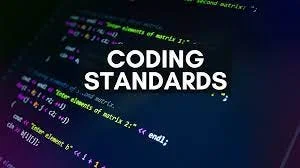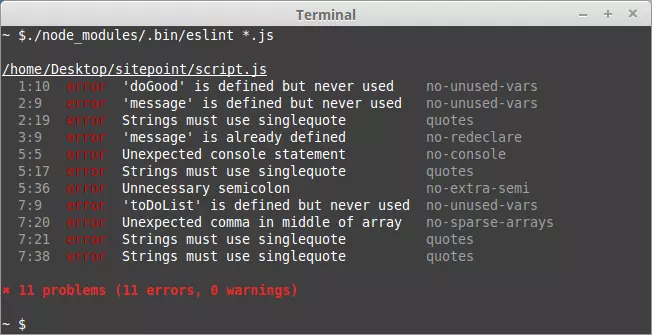Coding Standards: Does it make coding harder?
06 Feb 2024Coding Standards: Does it make coding harder?

What are Coding Standards?
First of all, what are coding standards? Coding standards are a set of guidelines or rules that dictate how code should be written and formatted consistently. They cover indentation, naming conventions, commenting practices, and formatting styles. Though they can be perceived as trivial guidelines which many can find as a pain. They still hold importance in software development as they enhance code quality, make collaboration easier, and help one master a language.
Efficiency Beyond Aesthetics
Coding standards establish a consistent and uniform approach to writing code within a development team or community. This provides numerous benefits that extend beyond just code aesthetics. One of the advantages is the enhancement of code readability and maintainability. Having consistently formatted code makes it easier to comprehend, debug, and modify, reducing the time and effort required for maintenance tasks.
Benefits towards Communication
 When these guidelines are understood universally, it truly shows how important coding standards are when compared to “correct grammar” in any worldwide
spoken language. Coding standards promote collaboration and code review processes. When all team members understand and commit to a common set of conventions,
reviewing and understanding each other’s code becomes more efficient. It allows smoother communication and facilitates knowledge among the team members.
When these guidelines are understood universally, it truly shows how important coding standards are when compared to “correct grammar” in any worldwide
spoken language. Coding standards promote collaboration and code review processes. When all team members understand and commit to a common set of conventions,
reviewing and understanding each other’s code becomes more efficient. It allows smoother communication and facilitates knowledge among the team members.
Mastering a Language
More than just their practical benefits, coding standards also play a crucial role in language acquisition and mastery. By enforcing best practices, they guide developers towards a deeper understanding of the programming language. Through consistent exposure to well-structured code, developers thereby hone their skills and become more proficient programmers.
My experience with ESLint and Coding Standards
Thus, integrating a tool like ESLint with development environments such as IntelliJ will only further amplify the benefits of coding standards. However with my experience with ESLint and IntelliJ so far, I have encountered both pain points and benefits. Now I understand that writing code that works is one thing. And writing code that works the right way is another. Never have I seen so many red lines within my code. And that’s not because of any syntax error or whatever. Instead, they are just because of small minor inconveniences. Such as, “too many spaces”, “too many newlines”, and much more.
Though the example below may not be of my work. This just shows how strict ESLint and the overall coding standards can be:

In conclusion, coding standards are more than just stylistic preferences. They serve as a cornerstone for enhancing code quality, and collaboration, and fostering language mastery. While their implementation may quite challenging initially. The long-term benefits make them indispensable tools in software development.